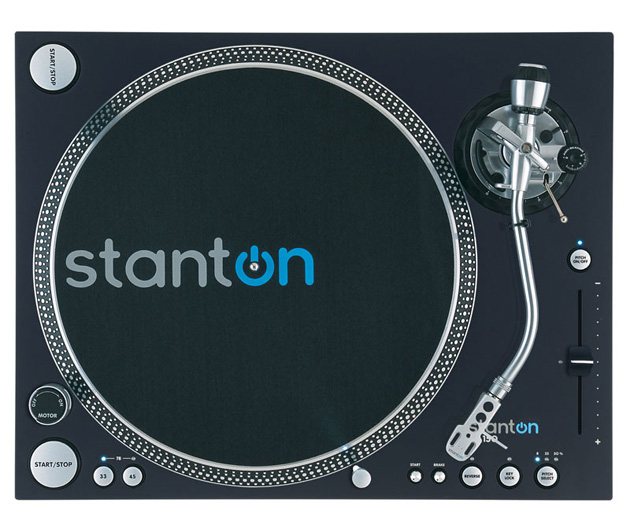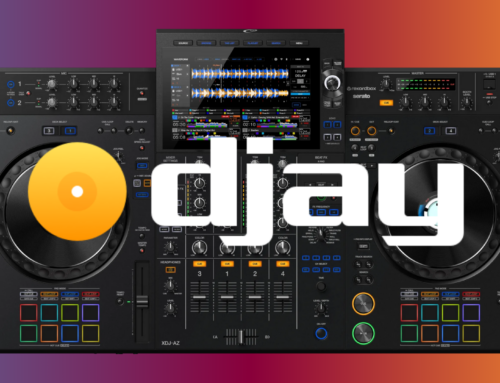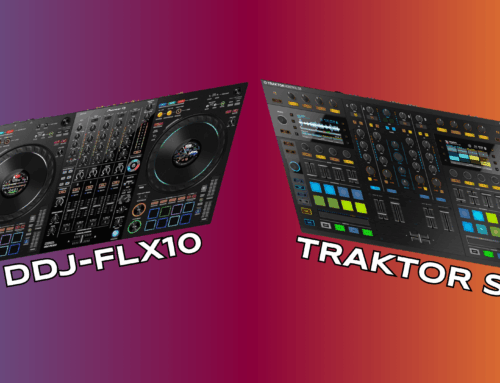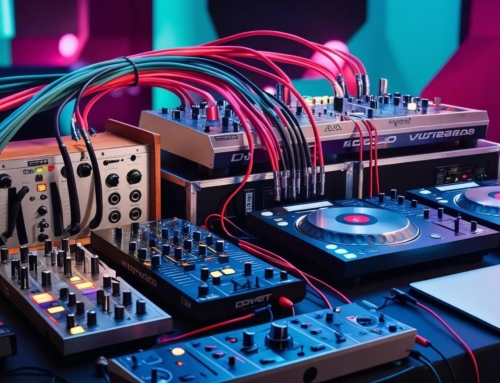 DJs’ long-time favorite Technics 1200 turntables are no more. Does that mean the “traditional” form of DJing has died out? As much as DJs gravitated away from turntables and toward CDJs, and eventually to laptops and controllers, over the past 15 years, many still have a soft spot for the original medium – and won’t use anything else. So, these days, what are your options for finding a high-quality turntable outside of eBay and Amazon?
DJs’ long-time favorite Technics 1200 turntables are no more. Does that mean the “traditional” form of DJing has died out? As much as DJs gravitated away from turntables and toward CDJs, and eventually to laptops and controllers, over the past 15 years, many still have a soft spot for the original medium – and won’t use anything else. So, these days, what are your options for finding a high-quality turntable outside of eBay and Amazon?
When we attended the Winter Music Conference in March and sat through the demonstration from Gibson Pro Audio (now the parent company of Stanton and KRK), they briefly touched on their turntables as a successor to the Technics, but ultimately, more time was given to monitors. Which was kind of a shame, because the Stanton ST.150 is a near-equal to the Technics 1200, if not better in some aspects.
Stanton claims to have taken a back-to-basics approach with the ST.150 and STR8.150. While this could be described of any turntable (aren’t turntables, really, just a back-to-basics DJing medium, anyway?), the ST.150 comes with the essentials, all built with a high-quality design that reduces feedback.
The ST.150 (and its straight-armed counterpart, the STR8.150) is anything but flimsy. The heavy-duty steel construction features an extremely stable platter and tone arm, sturdy legs for support, a harder slipmat, and, what Stanton claims is, the world’s strongest torque motor, which goes up to 4.5 kgf-cm. In fact, the full system weighs a total of 42 pounds – great for dependability, but a downside for transport, especially as you’ll be taking a record collection with you, as well.
The stability and heavy-duty design offer another benefit – one crucial for every DJ that still uses vinyl. Because quality, really, went into all aspects of the design, the height-adjustable needle has less of a propensity to skip while in use. While Stanton claims the STR8.150 has a “skip-proof” straight tone arm, the S-shaped design of the ST.150 offers similar dependability.

Along with these features, the Stanton ST.150 is rounded out by key correction; reverse play function; up to 50-percent pitch adjustment (the other two options are eight and 25 percent); S/PDIF digital outputs, which connect directly to a CD-R or computer sound card; start/brake speed adjustment; selectable phono or line inputs; dual start and stop buttons; a motor off feature; adjustable feet; L-shaped cables; and the Stanton 680 HP cartridge attached to the head shell. In addition to the multiple pitch adjustments, the Stanton ST.150 does three speeds: 33, 45, and 78 RPM. As another bonus, the turntable has no ground wire.
As far as using the ST.150 goes, everything about it screams “ease of use” and “professional.” Not only does it instantly stop and start, but matching beats is one of the smoothest experiences a DJ can have outside of software.
Although the ST.150 has been around since the middle of the 2000s, it has been getting attention as of recent for its extremely sturdy design and ease of use. If the ST.150 truly becomes a successor to the Technics 1200, it’s a good sign for DJs – aside from the quality, the turntable is built to last for years.




